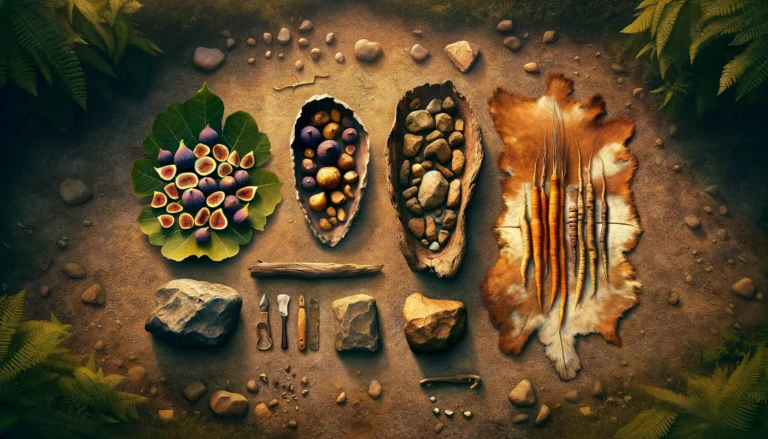The earliest containers were likely simple natural resources that early hominins stumbled upon and adapted for use. Starting possibly with Homo habilis around 2.0 million years ago, these early humans may have utilized large leaves, shells, or naturally hollowed-out pieces of wood as rudimentary containers. This usage marks an innovative step in early human technology, reflecting an understanding of natural resources for practical purposes.
As hominins evolved, particularly with the advent of Homo erectus, more sophisticated uses of materials likely developed. Homo erectus, known for their tool-making abilities, might have used animal hides to gather and carry items, gradually fashioning them into simple bags or slings. This represents a significant advancement in carrying technology, allowing for the transport of goods over greater distances and supporting more complex foraging strategies.
Before these developments, even earlier hominins may have employed static storage methods, such as piling resources like rocks or wood in designated locations, such as inside caves or on natural ledges. These caches would have served as communal collection points that group members could contribute to and draw from, reflecting early forms of community resource management.
Additionally, the use of vines or strong plant fibers to tie items together suggests the beginning of material manipulation for transport purposes, predating the knowledge of weaving but laying the groundwork for future technological innovations in container making.











